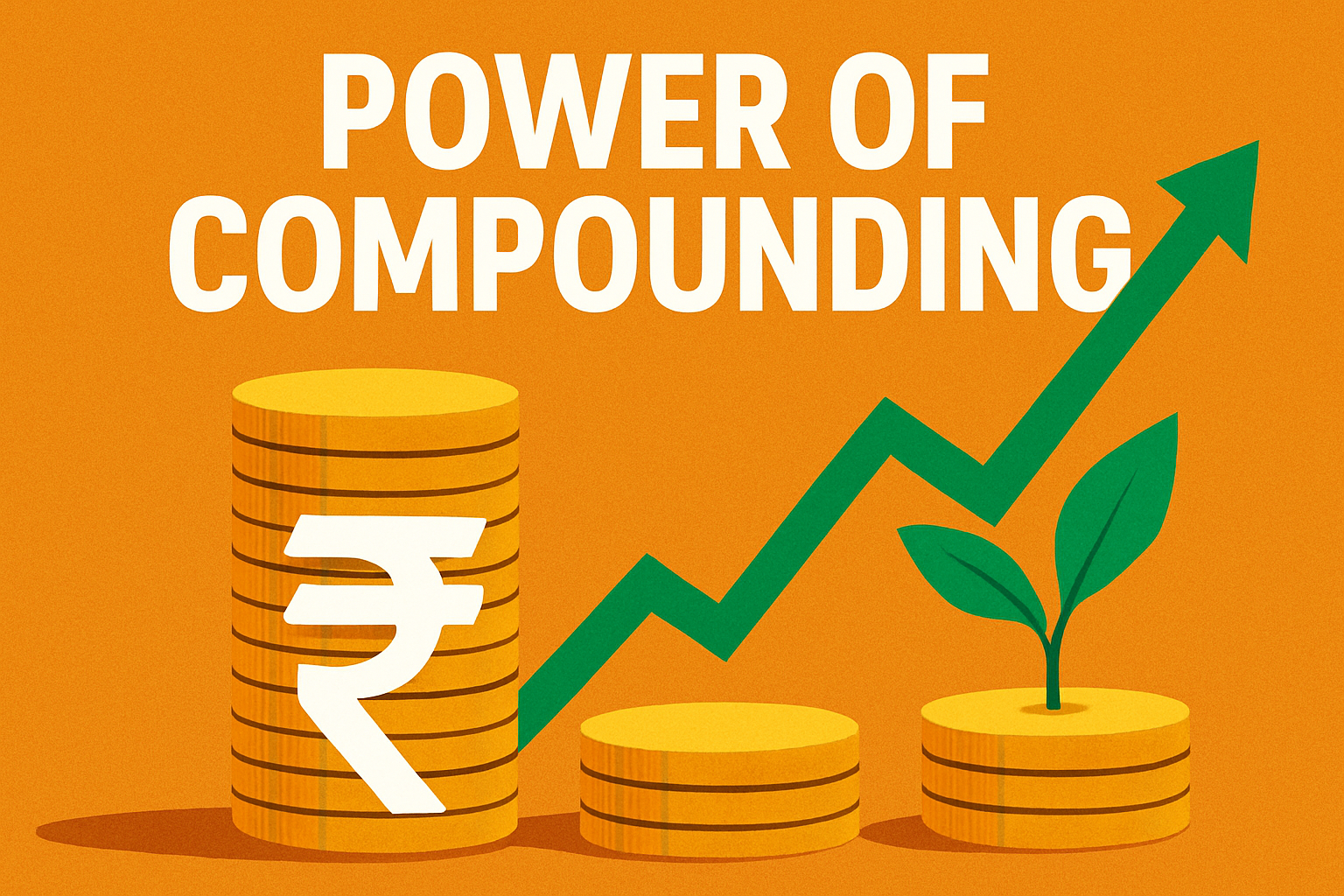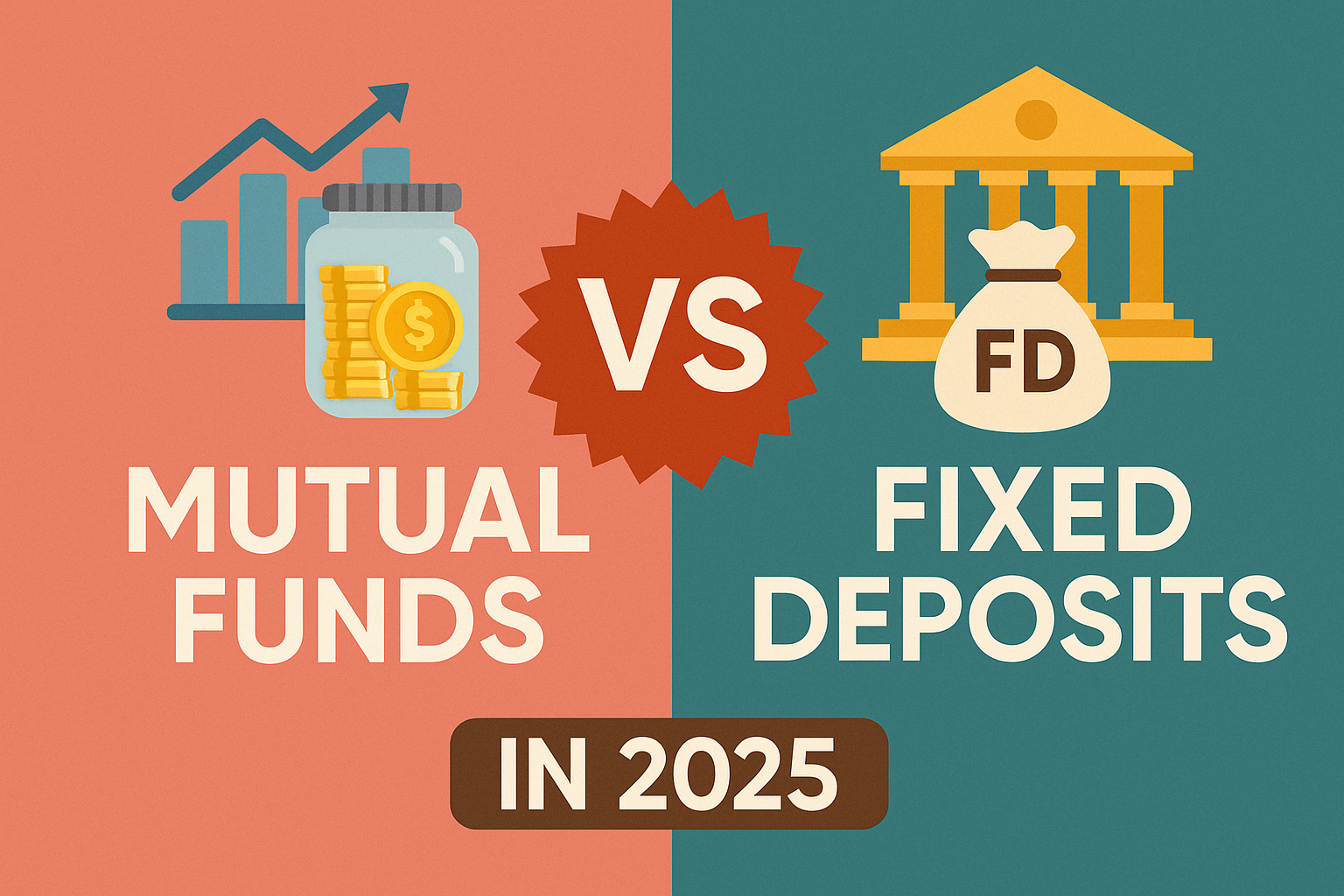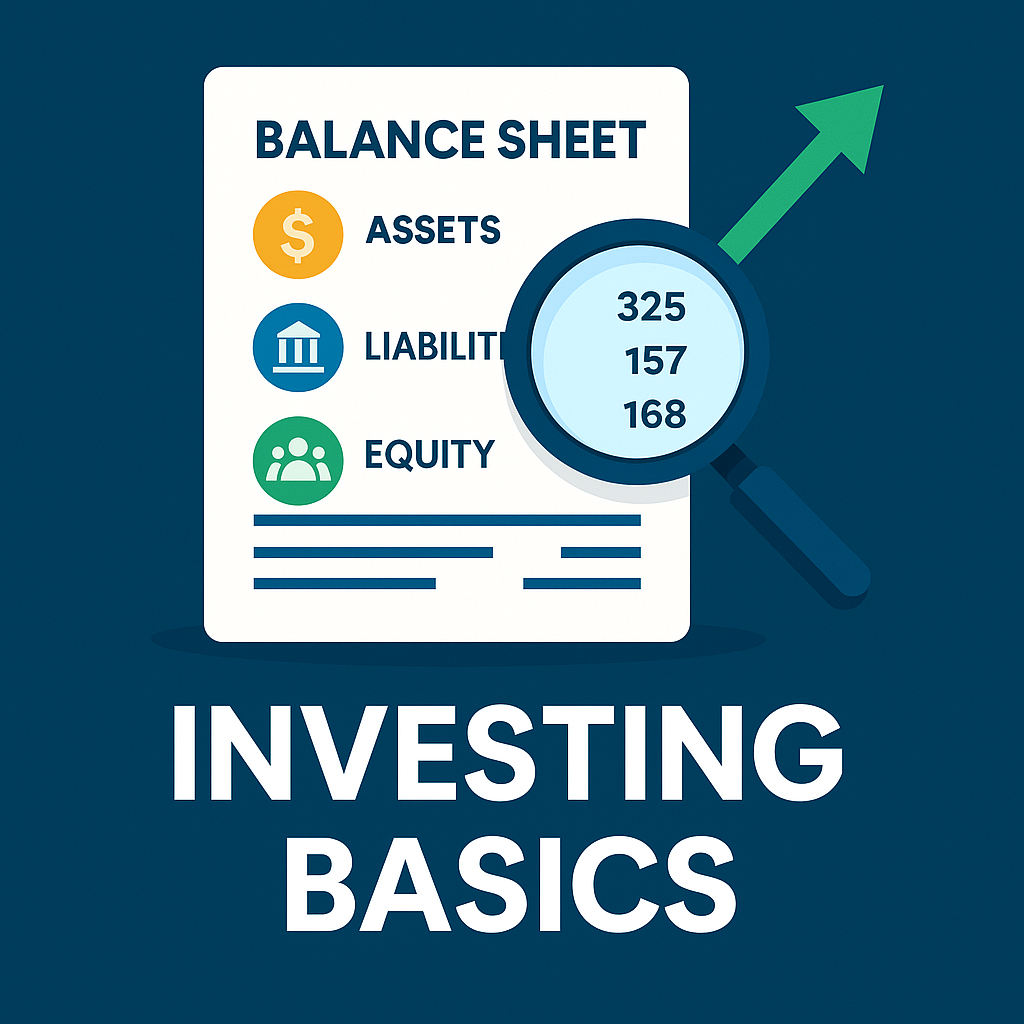Start early, stay disciplined, and build a money machine that supports your standard of living after paychecks stop. Rising prices and steep healthcare inflation (projected +13% in 2025) mean you must fund a longer post-work life. With life expectancy near 70.8 years and no universal social safety net, a clear income plan matters more than ever.

2025 is pivotal. Digital onboarding, new pension offerings, and clearer disclosures make it easier to set goals, estimate a corpus with inflation, and start systematic investing. Small monthly SIPs compound into large sums: ₹5,000/month at 8% from age 25 can reach about ₹1.15 crore by 60, while starting at 35 yields roughly ₹47.9 lakh.
This guide gives a step-by-step blueprint: set targets, balance equity and debt, use tax-saving tools like NPS and PPF, diversify across assets, and review every 2–3 years. Expect clear comparisons of NPS vs mutual funds vs PPF vs annuity-based pension plans, and practical tips for salaried and self-employed readers.
Key Takeaways
- Inflation and healthcare costs make early action essential for financial security.
- Compounding via SIPs greatly lowers the cost of reaching your corpus.
- NPS, PPF, and EPF/EPS each offer distinct tax and withdrawal rules to weigh.
- Diversify across equity, debt, gold, and annuities for steady income and growth.
- Review your mix every 2–3 years and use calculators to quantify goals.
Why Retirement Planning Matters in India Today
Today’s economic and social shifts make self-funded post-work income a necessity, not an option. Rapid healthcare cost escalation and steady price rises mean your savings must outpace inflation to protect your standard living.
Inflation, rising healthcare costs, and longer life expectancy
CPI inflation sits near 4.6% while healthcare inflation may exceed 13%. That gap eats real returns over decades.
“Even if you stop work at 60, you may need to fund 25–30 years of income and medical cover.”
From joint to nuclear families: planning for self-reliance
Household structures are shifting toward nuclear units. With fewer family safety nets, a solid retirement plan becomes essential.
- Map financial needs to buckets: essentials, medical, lifestyle, legacy.
- Use EPF/EPS, NPS, and PPF alongside market-linked options for resilience.
- Pair life insurance and term insurance with a reliable pension plan to secure regular income.
Start early to smooth contributions and reduce stress. A clear beneficiary setup via life insurance protects family while your savings grow.
Why 2025 Is a Pivotal Year for Your Retirement Strategy
Evolving regulation and smarter product design now let savers link money to real needs. New choices make the accumulation phase more flexible and the payout stage more tailored to families.
Shifts in investment options and pension regulations
National schemes and private offerings coexist. NPS still allows a 60% tax-free lump sum at 60 while mandating a 40% annuity purchase. Tax rules like 80CCD(1), the extra ₹50,000 under 80CCD(1B), and employer 80CCD(2) interact with overall caps.
EPF/EPS and PPF remain steady pillars. Increased fund-manager choice and flexible asset mixes let you match a pension plan to your retirement corpus and income needs.

Growth of digital investment platforms and online annuities
Digital KYC and insurer portals let you open accounts, set automated SIPs, and compare annuity plans from any insurance company in minutes.
Menus now include immediate annuity, deferred annuity, life annuity, joint-life, return-of-premium, and guaranteed-period options. Use updated calculators to stress-test expected retirement pension against inflation and longevity.
- Watch fees and use dashboards to track progress.
- Review policies periodically to capture better rates or features.
Define Your Retirement Goals
Begin with a clear picture: the age you want to stop working and the monthly income you will need.
Set targets that feel real. First, choose a target retirement age and state the monthly “must-have” amount in today’s rupees. Then add wishes: travel, hobbies, and family support.
Translate lifestyle into numbers. Convert desires into annual costs and inflate them to your expected start date. That gives clear financial goals for calculators and advisors.
Vesting age and payout style
Decide when you want payouts to begin. Many people pick 60 as a vesting age, but match this to health and career plans. Pick a payout mix—lump sum plus annuity—to balance flexibility and steady income.
- Choose lump sum for large expenses and annuity for monthly stability.
- Consider joint-life annuities if a spouse depends on income.
- Stress-test goals for early exit, partial work, or health changes.
| Instrument | Typical Vesting | Payout Style | Use Case |
|---|---|---|---|
| NPS | 60 years | 60% lump + 40% annuity compulsory | Mix of market-linked growth and guaranteed income |
| PPF | 15 years (extendable) | Lump sum at maturity | Guaranteed, tax-efficient corpus |
| EPF/EPS | Aligned with salaried exit | One-time withdrawal or phased payouts | Salaried workers seeking steady post-work cash flow |
| Annuities | Immediate or deferred | Life, joint-life, or guaranteed-period | Predictable monthly income for long-term needs |
Link life insurance to your targets to protect dependents and keep the plan retirement trajectory intact. Clear goals make it easier to match instruments to your financial future and desired standard living.
Estimate Your Retirement Corpus with Calculators
A good calculator turns vague goals into a concrete number you can act on. Start by listing the monthly amount you want at vesting age and inflate it to that date. Online tools let you test scenarios fast.

Inflation-adjusted expenses and the 30x rule
The 30x rule is a quick check: multiply your expected monthly need by 30 to get a target corpus. For example, ₹60,000/month implies roughly ₹1.8 crore.
Always adjust for inflation. Today’s ₹60,000 could become ₹1.5–2.0 lakh/month after 25–30 years. Use that inflated figure with the 30x rule to avoid shortfalls.
Using SIP, annuity, and NPS calculators effectively
Use a holistic retirement calculator to combine EPF, PPF, NPS, and mutual fund SIPs during the accumulation phase. Model NPS contributions and include the extra ₹50,000 deduction under 80CCD(1B) to see net outflow benefits.
Compare annuity calculators across insurers to view guaranteed payout alternatives. Run sensitivity tests on returns, inflation, and longevity so your contributions match realistic outcomes.
| Tool | Main Input | Key Output |
|---|---|---|
| Retirement calculator | Current expenses, inflation, expected returns | Required corpus and monthly shortfall |
| SIP calculator | Monthly SIP, rate of return, years | Projected fund value in accumulation phase |
| NPS calculator | Annual contribution, asset mix, tax options | Expected lump sum at 60 and annuity portion |
| Annuity calculator | Purchase amount, annuity type, age | Monthly guaranteed payout |
Start Early with SIPs and the Power of Compounding
Compound interest rewards time more than timing. Begin automated SIPs in equity and hybrid mutual funds to harness compounding. Small monthly amounts grow dramatically over decades, lowering what you must save later.
Illustration: ₹5,000/month at 8% from age 25 to 60 ≈ ₹1.15 crore. Start the same SIP at 35 and you get roughly ₹47.87 lakh. That gap shows why early action matters for your retirement corpus.
Blend growth and stability. Use equity SIPs and ELSS for long-term growth and tax efficiency inside 80C limits. Pair market SIPs with PPF or EPF as lower-risk anchors during the accumulation phase.
- Automate contributions and schedule yearly top-ups to match raises and inflation.
- Mix equity for growth and debt for stability to reduce sequence risk when you near vesting.
- Keep life insurance to protect dependents and preserve the savings plan.
Start early to preserve choices in your financial future. A disciplined savings plan makes the goal of a steady payout or pension plan far easier to reach.
Balance Growth and Safety: Equity vs. Debt in Retirement
Divide assets by purpose: keep one pot for growth and another for steady income. This helps protect essential bills while letting a growth bucket fight inflation.
Model allocations and glide path
| Stage | Equity / Hybrid | Debt / Guaranteed |
|---|---|---|
| Early accumulation | 70–85% | 15–30% |
| Close to vesting (10–5 yrs) | 40–60% | 40–60% |
| Distribution / post-vesting | 20–35% | 65–80% (incl. annuity) |
NPS auto choice already follows a similar age-based glide path. Use it as a benchmark and add EPF/PPF as low-risk anchors.

- Keep an explicit income bucket: debt funds, fixed deposits, and an annuity plan for essentials.
- Use immediate annuity or deferred annuity to lock guaranteed cash for core expenses.
- Maintain 12–24 months of cash to avoid selling growth assets in downturns.
- Calibrate allocations to your risk tolerance and liabilities, and review annually.
Choose Reliable Tax-Saving Instruments
A small shift to the right tax vehicle can boost net corpus noticeably over decades. Use statutory deductions to lower income tax now and free more cash for investing.
NPS, PPF, EPF and life-insurance linked options
NPS gives a unique edge: contributions within 80CCD(1) sit inside the 80C limit, and you get an extra ₹50,000 deduction under 80CCD(1B). Employer contributions may qualify under 80CCD(2) and can help boost savings without raising take-home deductions.
EPF and PPF both fall under 80C. PPF follows an EEE model — contributions, interest, and maturity are tax-exempt. EPF offers salary-linked accumulation that works well for salaried workers.
How life insurance and annuities fit
Premiums for qualifying life cover and many annuity or pension products can be claimed under 80C or 80CCC depending on product type. Section 10(10D) may protect some payouts from tax, so check product terms and current tax laws.
Practical checklist
- Prioritize NPS for the extra 80CCD(1B) allowance, then fill 80C with EPF/PPF and eligible premiums.
- Use a balanced savings plan across instruments to smooth cash flow and reduce risk.
- Keep proofs and review product tax treatment each year; rules change and affect net outcomes.
- Remember: tax benefits are a bonus. Choose a product only if it fits your risk and income goals for a steady pension plan.
| Instrument | Primary Tax Edge | Best Use |
|---|---|---|
| NPS | Extra ₹50,000 under 80CCD(1B) | Top-up tax-efficient saving and market exposure |
| PPF | EEE — tax-free maturity | Guaranteed, long-term core corpus |
| EPF / Life premiums | 80C eligible | Employer-linked saving; life cover via term and annuity buybacks |
Diversify Across Asset Classes for a Resilient Portfolio
A multi-asset mix cushions shocks and keeps returns steady across market cycles. Aim for a blend that matches your time horizon and income needs. Diversification hedges inflation and reduces the chance of big drawdowns near vesting age.
Equities, debt funds, gold exposure, and REITs
Equities are the primary engine for long-term growth. Use diversified large-cap and mid-cap funds or direct stocks to chase higher returns over decades.
Debt funds add stability. Quality corporate bonds and government securities smooth income and lower portfolio volatility as you move toward payout years.
Gold helps during inflation and market stress. A small allocation in physical gold, ETFs, or sovereign gold bonds acts as an inflation hedge.
REITs offer real estate exposure with rental-like income and liquidity. They suit investors who want property returns without direct ownership hassles.
Safe cores like EPF and PPF lock in guaranteed growth. And an annuity plan can secure essential monthly spending once withdrawals begin.
- Use equities for growth, debt for stability, gold for shock protection, and REITs for income.
- Design the mix to support accumulation and a steady monthly income later.
- Keep EPF/PPF as core holdings and buy annuity cover for essentials.
- Rebalance yearly to avoid concentration and keep risk aligned to your horizon.
- Maintain 6–12 months of liquid cash for emergencies so long-term plans stay intact.
| Asset | Primary Role | How it supports goals |
|---|---|---|
| Equities | Long-term growth | Fights inflation and grows corpus for higher monthly income |
| Debt Funds / Bonds | Stability & income | Reduces volatility and funds essential expenses near vesting |
| Gold | Inflation hedge | Protects purchasing power during shocks and high inflation |
| REITs | Real estate income | Delivers rental-like payouts with liquidity and diversification |
| EPF / PPF | Guaranteed core | Provides tax-efficient, low-risk foundation for the mix |
| Annuity | Guaranteed payouts | Locks in steady monthly cash for essential spending |
Popular Retirement Investment Options in India 2025
Choose a mix of instruments that matches your income needs and comfort with risk. Below is a concise guide to the main vehicles and how they fit different goals.

National Pension System (NPS)
NPS offers market-linked growth with tax advantages. Use 80CCD(1) and the extra ₹50,000 under 80CCD(1B) to lower taxable income.
At age 60, you can start receiving 60% as a tax-free lump sum and must use about 40% to buy an annuity for steady income. Choose active or auto choice to match your glide path.
Mutual Fund SIPs: Equity and Debt
Systematic Investment Plans in equity and debt are the primary engine for compounding. Equity SIPs drive growth; debt SIPs smooth returns as you near vesting.
Combine SIPs with a core of guaranteed holdings to build a reliable retirement corpus that supports your standard living later.
EPF / EPS for Salaried Workers
EPF contributions (typically 12%) plus EPS (8.33% of pensionable salary, capped) form a stable base. EPS pays a monthly retirement pension after eligibility rules are met.
For salaried professionals, EPF/EPS act as a workplace anchor to complement other investment plans.
Public Provident Fund (PPF)
PPF is a guaranteed, tax-efficient option with a typical policy term of 15 years and EEE tax treatment. Annual limits run from ₹500 to ₹1.5 lakh.
Use PPF as a low-risk core while you save retirement via higher-return vehicles.
| Instrument | Key Feature | Best Use |
|---|---|---|
| NPS | Extra 80CCD(1B) deduction; 60% lump + 40% annuity | Tax-efficient market exposure |
| Mutual SIPs | Compounding via equity & debt | Build growth bucket |
| EPF/EPS | Employer-linked accumulation; monthly pension | Salaried income anchor |
| PPF | Guaranteed EEE returns; 15-year term | Low-risk core |
Compare annuity options — immediate annuity, deferred annuity, and life annuity — offered by your preferred insurance company to secure essentials at chosen retirement age. Integrate these instruments so you can save retirement steadily and avoid cash-flow strain while you invest retirement funds for long-term goals.
How Pension and Annuity Plans Work
Two distinct phases define how savings become steady income: accumulation and vesting. The accumulation phase is when you add contributions and grow a corpus. The vesting phase begins at your chosen retirement age when you start receiving payouts or buy guaranteed income.
Accumulation vs. vesting
During accumulation you save via SIPs, PPF, employer contributions, or a pension plan. Returns compound and your corpus grows.
At vesting you convert part or all of that corpus into income. Choices affect liquidity, tax treatment, and monthly payout size.
Immediate vs. deferred annuity
An immediate annuity begins payouts right after you hand over a lump sum. It suits those who want instant regular cash.
A deferred annuity locks rates now but delays payouts until later. It helps growers who want guaranteed income at a future date.
Life, joint life, and return-of-premium choices
Life annuity covers one person for life. Joint-life extends income to a spouse. Return-of-premium options refund the unused capital on death.
Each option changes monthly amounts and guarantees. Compare annuity plans from an insurance company, run calculators, and match features to household needs and longevity risk.
| Phase / Option | When it pays | Main benefit |
|---|---|---|
| Accumulation | Before vesting | Corpus growth via contributions |
| Immediate annuity | Starts now | Instant regular income |
| Deferred annuity | Starts later | Lock rates; defer tax timing |
| Life / Joint-life | For life | Lifetime security for one or two people |
| Return of premium | After death or term | Legacy protection; refunds capital |
Integrating Insurance with Retirement Planning
Insurance anchors your household finances and shields savings from catastrophic shocks. Start by covering liabilities so your savings and income goals stay intact.

Term insurance for life cover and risk protection
Term insurance is non-negotiable for most households. It delivers large life cover at low cost so debts and living expenses do not eat into the retirement corpus.
Size the cover to clear liabilities, replace lost income, and fund education or mortgage obligations. Keep the policy term aligned with dependents’ needs and major debt end dates.
ULIP / ULPP: market-linked growth plus protection
Unit-linked insurance products combine a life insurance component with market exposure. They offer growth potential during the accumulation phase while providing a degree of life cover under one insurance plan.
Check fees, fund choices, and flexibility. Some products allow riders or policy loans, but charges can reduce long-term returns compared with separate investments plus term cover.
- Secure family stability with term insurance sized to clear liabilities and preserve assets for survivors.
- Use life insurance strategically to protect dependents while you build a corpus for later years.
- Evaluate bundled options like ULIP/ULPP if you want growth plus cover, but compare costs and control.
- Be mindful of income tax treatment on premiums and benefits; confirm current rules before purchase.
- Choose between pure protection + separate investments versus a bundled insurance plan based on cost, transparency, and how much control you want over assets.
| Choice | Primary Strength | When to pick |
|---|---|---|
| Term insurance | Low-cost life cover | If you need maximum protection for dependents |
| ULIP / ULPP | Market growth + cover | When you want a single policy term that combines both |
| Separate protection + SIPs | Cost control and transparency | When you prefer lower fees and direct investment control |
Remember: employer schemes such as EPF, PPF, or NPS complement but do not replace pure protection. Match cover to family needs, confirm policy term details, and run an annuity plan comparison if you want guaranteed monthly income later.
Step-by-Step: Building the Best Retirement Portfolio
A practical checklist makes a complex process followable. Start with clear targets, then use calculators to set the required corpus and monthly contribution.
Set goals and quantify needs
Define financial goals, target age, and monthly needs in today’s terms. Use a retirement calculator to inflate those numbers to your vesting date.
Pick instruments and automate
Allocate across EPF, PPF, NPS and mutual fund SIPs for growth and stability. Automate SIPs and schedule annual top-ups to match salary increases.
Tax, buffer, and glide path
Optimize tax use with 80C and 80CCD(1B) while staying compliant. Keep a 6–12 month emergency buffer to avoid selling assets during market dips.
Convert, document, and review
At vesting, convert a portion to an annuity for guaranteed cash flows and keep the rest flexible. Document nominees and review the mix every 2–3 years.
| Step | Action | Why it matters |
|---|---|---|
| Goal setting | Use retirement calculator | Defines required retirement corpus and SIP size |
| Allocation | EPF/PPF/NPS + SIPs | Mixes guaranteed and market growth |
| Risk control | Glide path & cash buffer | Protects corpus near vesting |
| Tax & admin | 80C, 80CCD(1B), nominees | Improves net outcome and eases claims |
Review and Rebalance Every Two to Three Years
A disciplined review cadence corrects drift and keeps your risk aligned with life changes.
Schedule a portfolio check every 24–36 months to rebalance and refresh risk targets. Small allocation shifts add up; rebalancing restores your original mix and protects essential income.
Update assumptions on inflation, returns, and longevity. If numbers change, adjust contributions or your timeline so goals remain realistic for financial security.
- Reassess annuity options before vesting — compare immediate annuity, deferred annuity, and life annuity for rates and features.
- Consolidate small accounts to cut costs and simplify management while keeping diversification intact.
- Confirm nominees and document details across all plans offer to avoid delays at claim time.
Final tip: make reviews a calendar habit. A steady check every few years keeps your savings on course and helps you choose the right pension plan when it matters most.
Digital Tools and Platforms to Plan, Invest, and Track in 2025
Modern apps combine enrollment, calculators, and alerts so you can track contributions and expected payouts in real time. Use official portals and insurer dashboards to open accounts, set SIPs, and view progress from one place.
Online onboarding and direct purchases
Enroll in NPS online with fund-manager choice and asset mix. Open EPF and PPF accounts via the EPFO, banks, or post office portals for smooth KYC and record-keeping.
Many insurer sites let you buy annuity or other income products directly. Compare quotes, check charges, and buy annuity from a trusted insurance company to lock guaranteed payouts.
Use calculators, alerts, and security
Run a retirement calculator to estimate your required corpus and to model when you will start receiving steady income. Use tools that show annuity estimates and gap analysis so you can adjust contributions fast.
- Automate SIPs and enable yearly top-ups.
- Keep KYC and documents current for seamless transactions.
- Use two-factor authentication and verified sites for all plans india accounts.
- Turn on app alerts for milestone checks and annual reviews.
Retirement planning in India 2025 pension plans India best retirement portfolio
A compact strategy ties tax-efficient vehicles to a safety core and a growth sleeve to meet long-term cash needs.
How to combine tax benefits and steady income: use 80C, the extra 80CCD(1B) allowance, and PPF’s EEE status to lower tax liability today while keeping growth engines like NPS and equity SIPs working for the future.
Lock core monthly payouts via EPF/EPS and annuity plans from insurers. Choose a policy term and annuity option that fits household needs: immediate annuity for instant cash or deferred/joint-life for longer cover.
Practical steps
- Blend guarantees and markets: keep EPF/PPF as the base, use NPS for market upside and its 60/40 structure at vesting age.
- Pick annuity options that match income needs and compare annuity plans across providers.
- Watch tax and premiums: income tax treatment and the premium paid rules change net payouts — track them when you buy a pension plan or annuity plan.
- Protect with life insurance so dependents are covered while you build the retirement corpus.
| Element | Role | Why it matters |
|---|---|---|
| EPF / EPS | Guaranteed core | Provides steady workplace-linked income at vesting |
| NPS | Market growth + tax edge | Use 80CCD(1B); at 60, ~60% lump + 40% annuity |
| PPF | Tax-free core | EEE benefit and long-term certainty |
| Annuity plans | Guaranteed payouts | Choose term and type to secure essentials |
Conclusion
Turn ideas into habits: define clear financial goals, run a calculator to estimate the retirement corpus, and map contributions across NPS, EPF, PPF, and SIPs.
Automate SIPs, pick an appropriate policy term, and secure essentials with a pension plan or annuity option from a trusted insurance company. Consider a life annuity or joint-life option for steady cash flow.
Protect your standard living with term insurance and the right life insurance cover. Use tax benefits and current income tax rules to let more money compound.
Get started today: use verified calculators, buy retirement plan components online, buy annuity where needed, and set a 2–3 year review cadence to keep financial security on track.
FAQ
How much corpus do I need to secure a steady income at age 60?
Estimate your annual post-tax expenses, adjust for expected inflation, then multiply by a safe withdrawal factor. A common rule of thumb is roughly 25–30 times the annual needs, but use a retirement calculator that includes health costs, tax treatment, and desired lifestyle to get a personalised figure.
When should I start a systematic investment plan (SIP) for maximal compounding?
Start as early as possible. Even modest monthly SIPs benefit from compounding over decades. If you’re closer to retirement, increase contribution rates and shift allocation toward safer instruments to protect accumulated wealth.
What’s the difference between an immediate annuity and a deferred annuity?
An immediate annuity begins payouts soon after you invest, providing near-instant regular income. A deferred annuity accumulates value during the accumulation phase and starts payouts at a chosen vesting age, letting your capital grow tax-deferred until distribution.
How should I balance equities and debt across accumulation and distribution phases?
During accumulation, favour higher equity exposure for growth, gradually reducing it as you near retirement. In distribution, increase allocation to debt and income instruments to reduce volatility and ensure predictable cash flow. A glide-path approach helps shift risk smoothly over time.
Which tax-saving instruments work best for long-term income security?
Consider National Pension System (NPS) for extra deductions under Section 80CCD(1B), Public Provident Fund (PPF) for guaranteed tax-efficient returns, and Employee Provident Fund (EPF) for salaried workers. Life insurance-linked pension products can add cover but compare fees and returns carefully.
Can I use life insurance to build my retirement corpus?
Term insurance is ideal for pure life cover because it is low-cost. Unit-linked pension plans (ULIPs) and certain traditional pension products combine cover with savings, but they often have higher charges. Treat insurance primarily as protection, not the main growth engine.
How do I choose between NPS, mutual funds, and PPF for my portfolio?
Use NPS for low-cost market exposure plus extra tax deduction, equity mutual funds for long-term growth via SIPs, and PPF for guaranteed, tax-free returns and principal protection. Combine these based on risk tolerance, time horizon, and tax goals.
What annuity options should I compare at vesting?
Compare life annuity (single life), joint-life annuity (spouse protection), guaranteed period annuity, and return-of-premium annuity. Evaluate payout rate, inflation adjustment features, and the insurer’s creditworthiness before buying.
How often should I review and rebalance my portfolio?
Review allocations every 12–36 months or after large market moves and life events. Rebalance to your target mix to control unintended risk drift and to take profits or add to underweight areas.
Are digital platforms safe for buying NPS, SIPs, and annuities online?
Reputable platforms and registered intermediaries use secure onboarding and e-KYC. Verify regulatory registration, read fund/plan documents, and confirm payment and nominee features. Digital tools can speed setup and tracking but do your due diligence.
How do health-care cost inflation and longer life expectancy affect my strategy?
Both raise the required corpus and the need for flexible income solutions. Build higher buffers for medical expenses, consider health insurance riders or separate health cover, and plan for a longer drawdown period to avoid running out of funds.
What role does an emergency fund play alongside long-term savings?
Keep a liquid emergency buffer of 6–12 months’ expenses to avoid withdrawing from long-term investments during market downturns. This protects compounding and prevents selling growth assets at low points.
Can real estate, gold, and REITs add value to a pension-focused portfolio?
Yes. Real estate and REITs provide income and inflation hedging, while gold offers diversification and downside protection. Keep allocations moderate to maintain liquidity and meet regular income needs.
How do tax rules like 80C, 80CCD(1B), and 10(10D) affect choices?
Section 80C covers popular instruments like PPF and EPF up to a limit. 80CCD(1B) offers an additional NPS deduction. Section 10(10D) governs taxability of certain life-pension payouts. Use these benefits to optimize net returns while following current law.
Is it better to buy an annuity from a life insurer or withdraw lump sums from funds?
Annuities provide guaranteed lifelong income and reduce longevity risk. Lump-sum withdrawals offer flexibility and potential for higher returns but require disciplined withdrawal plans. A mix—partial annuitization plus a liquid investment pot—often works well.
How do I use a retirement calculator effectively?
Input realistic current expenses, expected lifestyle changes, expected inflation, projected returns for each asset class, and your planned retirement age. Run scenarios for early/late retirement and different withdrawal rates to find a robust savings target.
What should I check before buying a pension product from an insurer?
Check product charges, vesting options, annuity rates, surrender terms, insurer solvency, and whether returns are linked to the market or guaranteed. Read the policy document and compare similar offerings from LIC, HDFC Life, SBI Life, and other regulated providers.
How can I protect my spouse’s income after I’m gone?
Choose joint-life annuity options, maintain adequate term insurance with the spouse as beneficiary, and create clear nominees and a will. Consider survivor pension features in employer schemes or NPS nomination rules.
What is a glide path and why is it useful?
A glide path gradually shifts asset allocation from growth (equity) to safety (debt) as you near the payout phase. It reduces sequence-of-return risk and locks in gains while still allowing for some growth.
How do fees and expense ratios affect long-term outcomes?
Higher fees erode compounded returns significantly over decades. Compare expense ratios on mutual funds, load charges on pension products, and annuity commission structures. Low-cost index funds and NPS often offer better net outcomes.
Can salaried employees rely solely on EPF/EPS for retirement income?
EPF/EPS provide a useful base, but they may not fully replace pre-retirement income due to inflation and lifestyle changes. Supplement these with NPS, mutual fund SIPs, PPF, or other savings to build a robust income stream.










